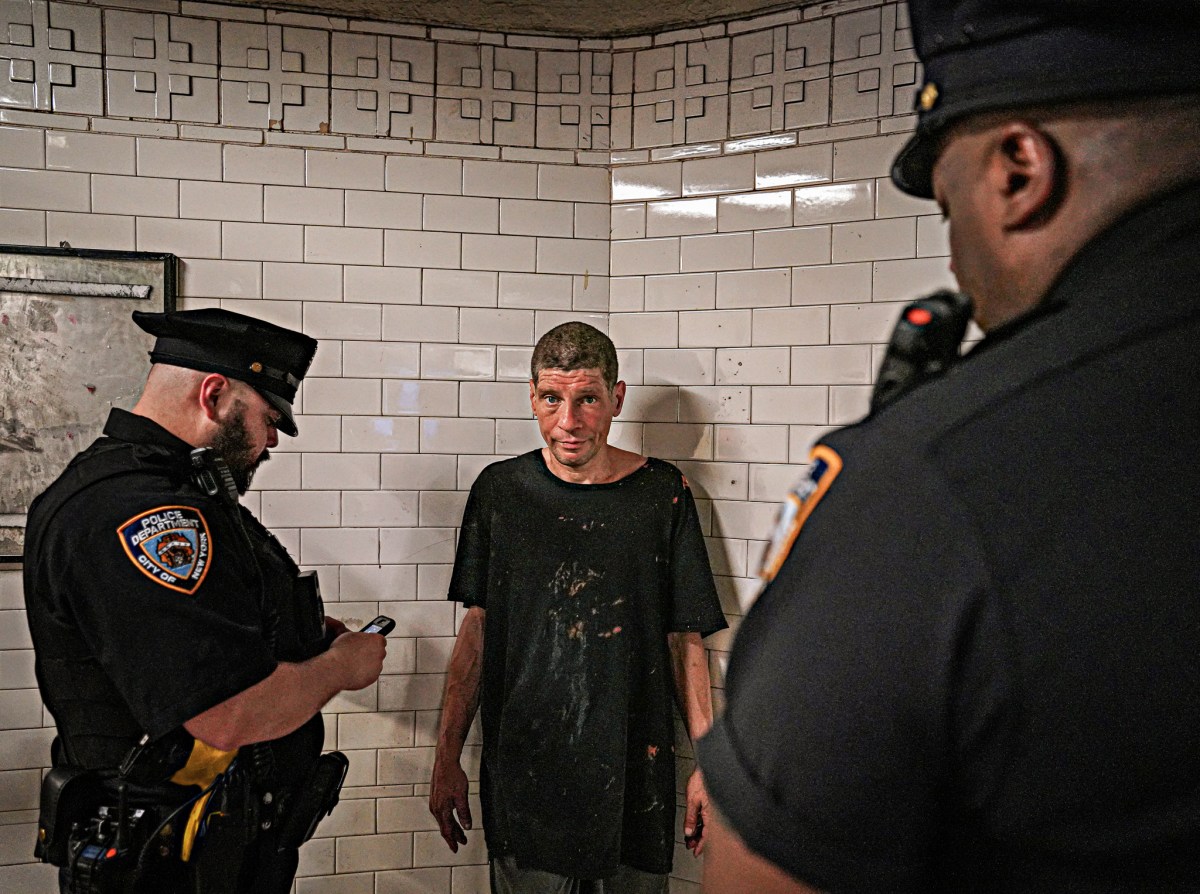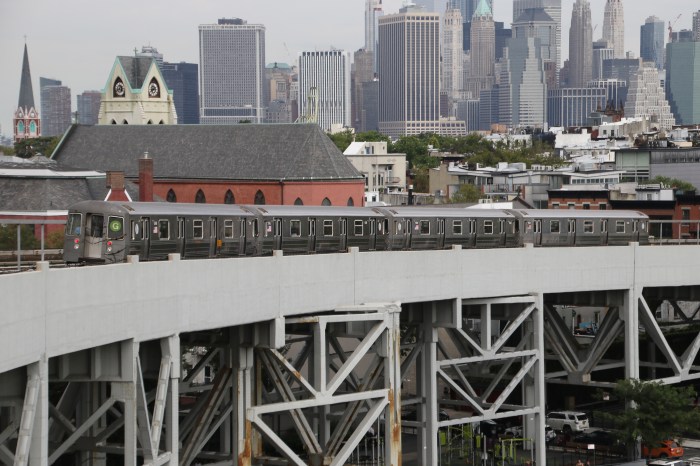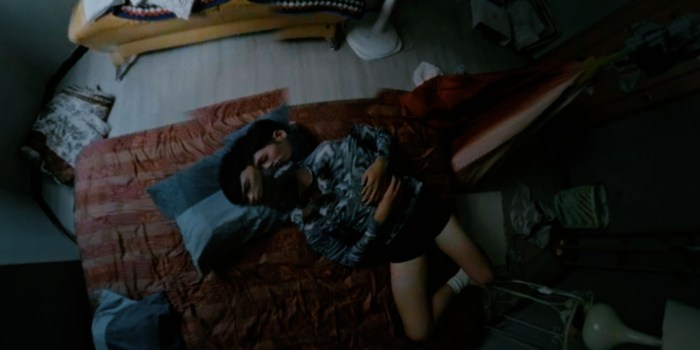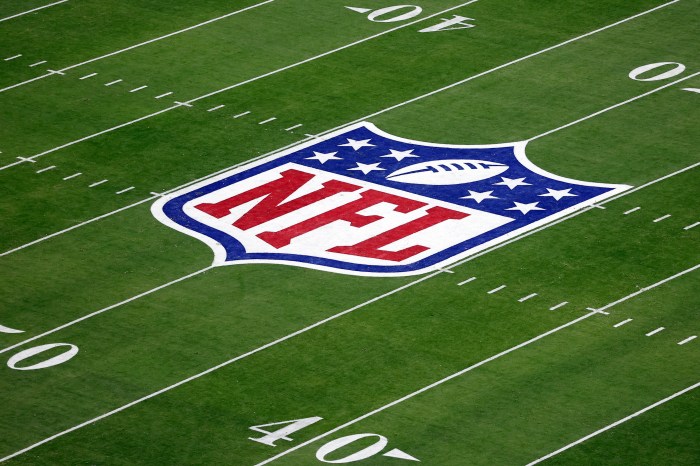Terrorists have won again — and the victims are Williamsburg cyclists, some biking advocates say.
City officials, citing new Department of Homeland Security provisions, will build big cement barriers at the foot of the Williamsburg Bridge to prevent unauthorized vehicles from accessing the bike path.
But cycling advocates say the walls are disruptive and would discourage many riders from using the bridge.
“Adding concrete restricts people’s flow on the Manhattan side,” said Times Up’s Bill DiPaola. “A lot of new cyclists use this bridge and that’s another reason that the bridge should be extra safe.”
Transportation officials defend the design, noting that it has been in place on the busy western side of the Manhattan Bridge with little incident.
“A similar design has proven very effective at separating bikes coming off the bridge from pedestrians on the local sidewalk,” said Department of Transportation spokesman Monty Dean.
But DiPaola says the comparison isn’t valid since the Williamsburg Bridge is more crowded and forces cyclists into eight lanes of traffic in Manhattan.
About 6,262 riders cross the Williamsburg Bridge each day, according to 2010 estimates, making it easily the city’s busiest biking bridge.
But some cyclists say the bridge’s design needs work.
“When I ride there, I have to stop abruptly,” said cyclist Barbara Ross. “And I see a lot of cyclists get off the bridge and go straight into Delancey Street traffic. It’s an extremely dangerous commute.”
DiPaola has put forth his own proposal to make the bridge safer, which includes a new ramp from the bike path descending to a vacant city-owned lot just south of Delancey Street — a long-term project that would require significant capital investment.
A Department of Transportation spokesman said the current cement barrier design would be built in the coming weeks, but added that the agency would look at the new design.





















